For almost a century, conventional wisdom held that emotions from happiness to sadness, anticipation to surprise, and anger to terror were opposites. And like primary colours, they could be combined to create other emotions like ‘guilt’ or ‘delight’. Such an idea is deeply flawed argues philosopher of psychology and neuroscience, Juan R. Loaiza. The metaphor of colour should be replaced by a new analogy – sound – to describe more meaningfully the complexity of human emotional experience.
From happiness to sadness, anticipation to surprise and anger to terror, we tend to think emotions have opposites. In fact, these ideas are baked deep into our culture. But under closer inspection, this idea falls apart. To understand why, we need to look a little at the history of psychology.
Psychologists and thinkers have tried to sttudy the structure of emotions and the relationships between them by using the metaphor of colour circles. Presumably, if the analogy works, we can map emotions onto some spatial construction that informs us how each emotion relates to others, including which emotions figure as opposites to others on some dimension. This way of thinking was formulated as early as the 1920s, appearing in the work of William McDougall, Harold Schlosberg, and Robert Plutchik. More recently, the idea of carving out some dimensional space for emotions has been proposed by James Russell, Lisa Feldman Barrett, and other psychological constructionists.
Plutchick emotions wheel
To understand the analogy between emotions and colours, let us begin by examining how colour circles are constructed. The first to provide a colour circle defining some form of colour opposition was Isaac Newton. Newton famously showed that white light could be decomposed into light of different primary colours by using a prism. He also showed that we can produce lights of other various colours by recombining different quantities of light of the primary colours obtained through decomposing white light. For instance, combining red and blue would make purple and blue and yellow, green.
This suggested a procedure to define every colour in the visible spectrum as the combination of light of the various primary colours. Further developments in the study of colour by Grassmann, Maxwell, and Helmholtz showed that we can define every other colour in the spectrum as combinations of as few as three primaries, and that we could map these combinations onto dimensions such as hue, saturation and luminosity.
Based on this method of constructing colour spaces, psychologists such as McDougall, Schlosberg and Plutchik thought of defining emotions in a similar fashion. They proposed to think of some emotions as being the primary emotions, and then finding possible combinations of these primaries to obtain a representation of the whole of human emotional experience.
This required, first, finding criteria to select the primary emotions. For instance, one proposal was to select as primaries those emotions that were evolutionarily primitive (similar to how basic emotion theorists like Ekman defined basic emotions), such as fear, anger or joy. Additionally, such efforts required finding a set of dimensions onto which to map these primary emotions and that allowed us to define other emotions as combinations of these primaries. In this regard, the most explored approach is to map emotions onto a valence (positive vs. negative) dimension and an arousal (activation vs. Inactivation) dimension.
Ekmans six basic emotions.







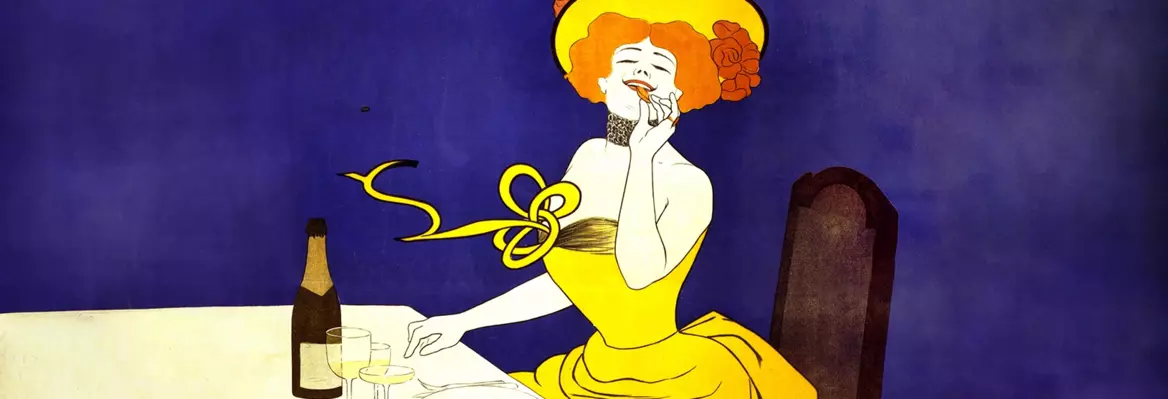



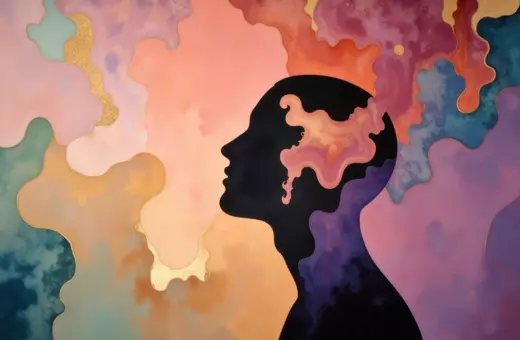

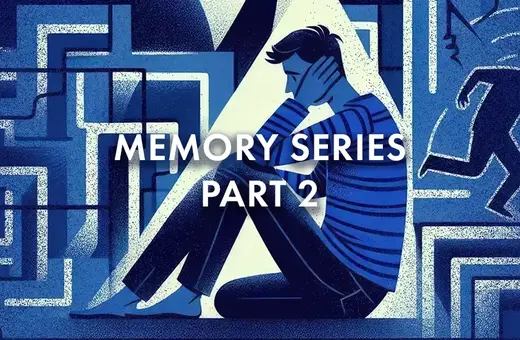
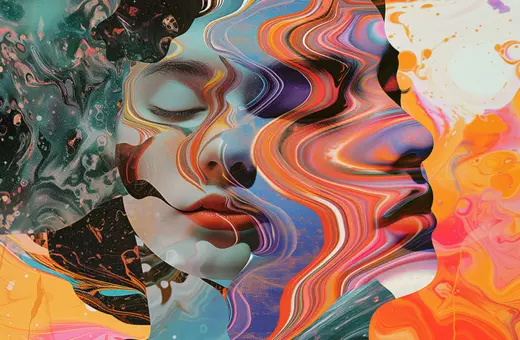
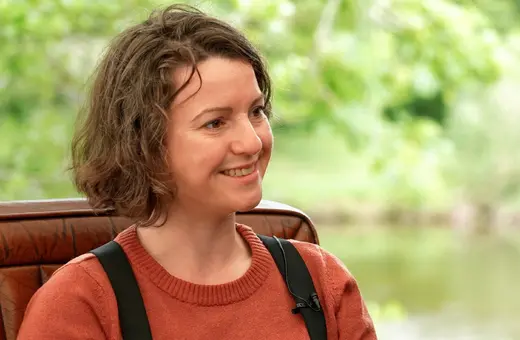
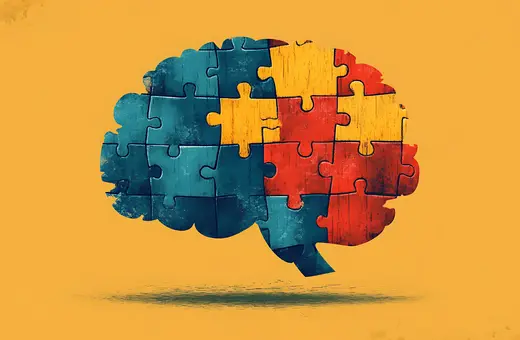




Join the conversation